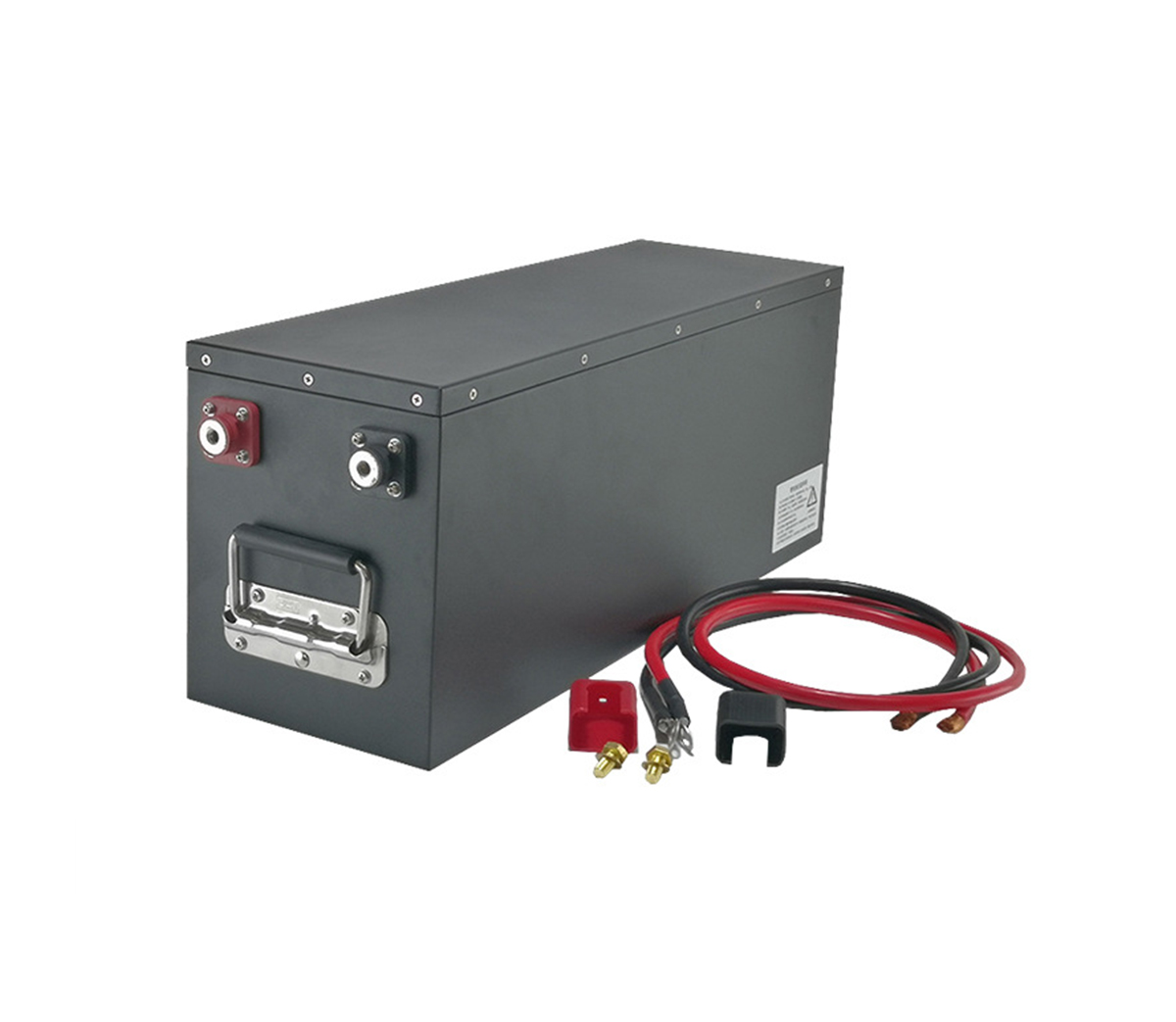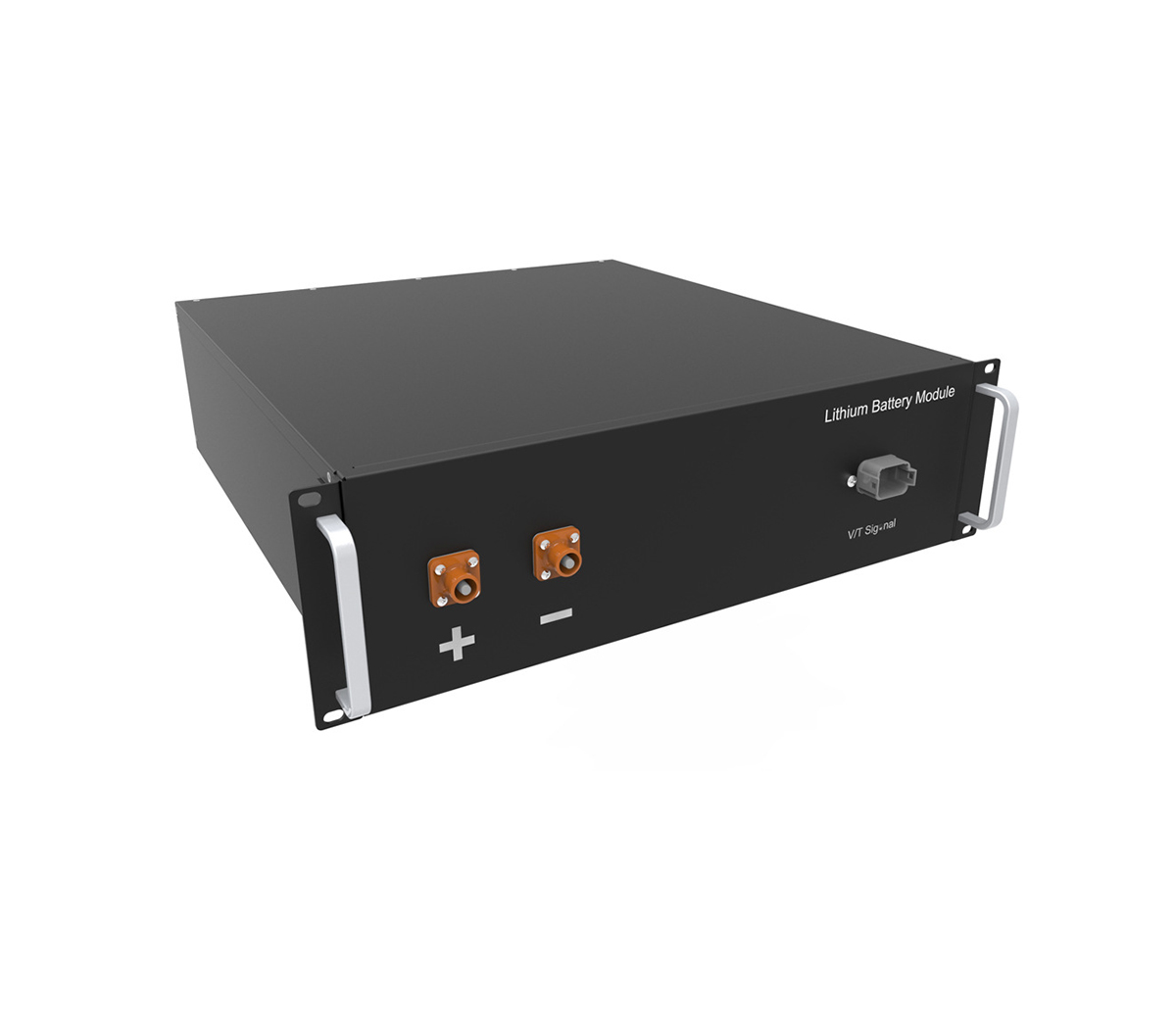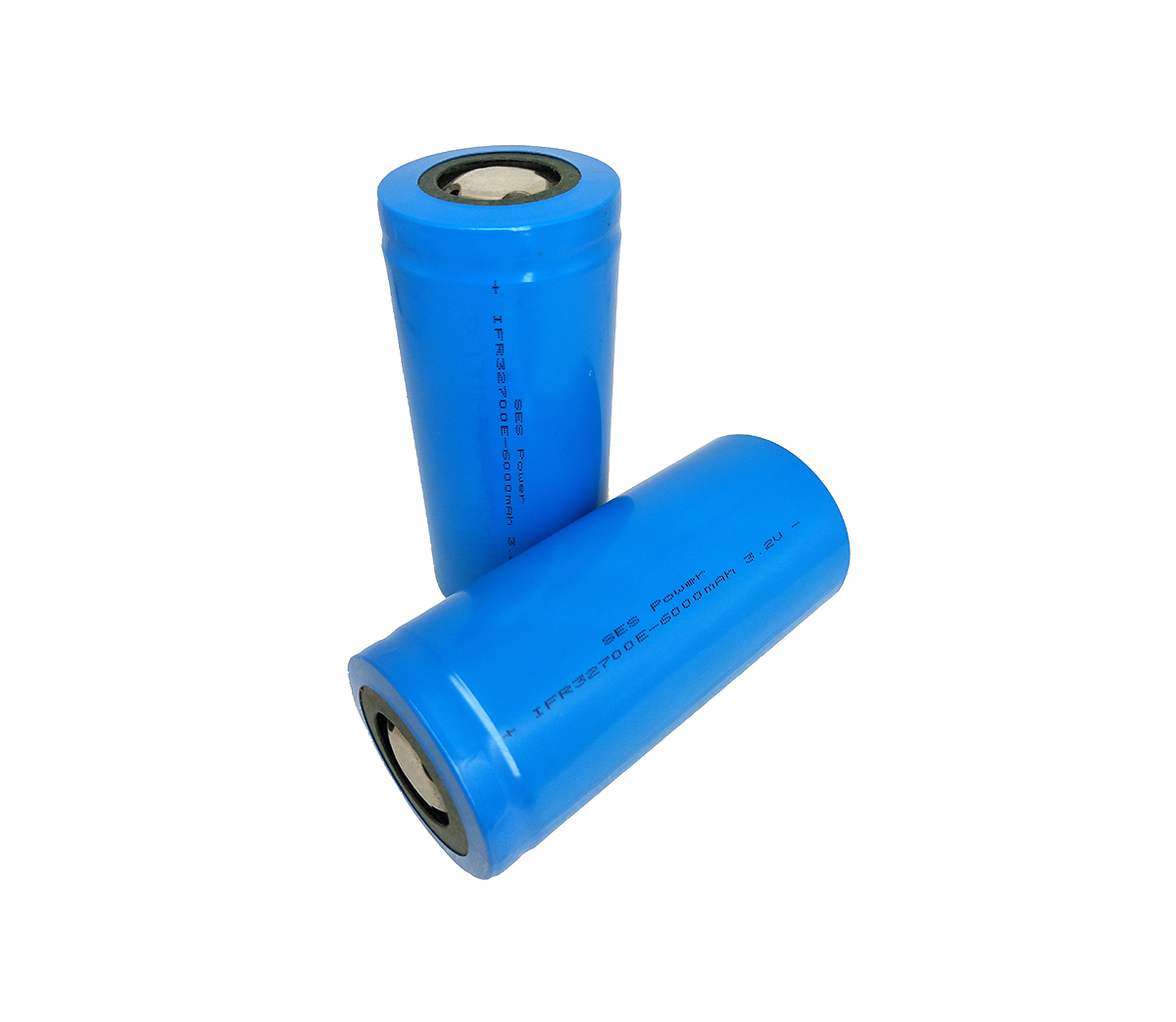Continuous breakthroughs in low-temperature performance of lithium batteries are not afraid of cold weather!
Guide: It's cold, the original full-energy lithium battery has to be discounted in capacity, and the lithium battery seems to have entered a hibernation state, which brings a lot of trouble to users of new energy vehicles and digital products. The topic that this article focuses on today is the impact of low temperature on lithium batteries and the development of the industry.
Guide: It’s cold, the original full-energy lithium battery has to be discounted in capacity, and the lithium battery seems to have entered a hibernation state, which brings a lot of trouble to users of new energy vehicles and digital products. The topic that this article focuses on today is the impact of low temperature on lithium batteries and the development of the industry.
How about the low temperature performance of lithium battery continuously breaking through the cold weather? !
It's cold, the original full-energy lithium battery has to be discounted in capacity, and the lithium battery seems to have entered a hibernation state, which brings a lot of trouble to users of new energy vehicles and digital products. The topic that this article focuses on today is the impact of low temperature on lithium batteries and the development of the industry.
Lithium battery is most afraid of low temperature?
In a test conducted by the American Automobile Association, an electric car has a cruising range of 105 miles (about 169 kilometers) at 75 degrees Fahrenheit (approximately 24 degrees Celsius), and it will drop at 20 degrees Fahrenheit (about 7 degrees Celsius). To 43 miles (approximately 69 kilometers)-a drop of up to 60%. Batteries are somewhat similar to humans. They become less active when the climate turns cold. Lead storage batteries, lithium batteries, and fuel cells are all affected by low temperatures, but to different degrees.
Take the most used lithium iron phosphate battery in electric buses as an example. This battery has high safety and a long cell life, but its low temperature performance is slightly worse than that of other technical systems. Low temperature has an impact on the positive and negative electrodes, electrolyte and binder of lithium iron phosphate. For example, the lithium iron phosphate positive electrode itself has relatively poor electronic conductivity and is prone to polarization in low temperature environments, thereby reducing battery capacity; affected by low temperature, the speed of graphite lithium insertion is reduced, and metal lithium is likely to precipitate on the surface of the negative electrode. If it is left for insufficient time after charging When put into use, the metal lithium cannot be fully embedded in the graphite again. Part of the metal lithium continues to exist on the surface of the negative electrode, which is very likely to form lithium dendrites, which affects battery safety; at low temperatures, the viscosity of the electrolyte will increase, and the lithium ion migration resistance will also change. In addition, in the production process of lithium iron phosphate, the adhesive is also a very critical factor, and low temperature will also have a greater impact on the performance of the adhesive.
is also a lithium battery, but the low temperature resistance of lithium titanate battery is better. The lithium titanate anode material with spinel structure has a lithium insertion potential of about 1.5V, does not form lithium dendrites, and the volumetric strain is less than 1% during charge and discharge. The nanometerized lithium titanate battery can be charged and discharged with high current, which realizes low-temperature fast charging while ensuring the durability and safety of the battery. For example, Yinlong New Energy, which focuses on lithium titanate batteries, has its products with normal charge and discharge capabilities at -50-60°C.
Although lithium-ion batteries with graphite as the negative electrode can be discharged at -40°C, it is more difficult to achieve regular current charging at -20°C and lower. This is also an area that the industry is actively exploring.
The industry's exploration of low-temperature-resistant lithium batteries
The exploration and research on the low-temperature resistance of batteries by enterprises and scientific research institutions in the industry mainly focus on the improvement of the existing positive and negative materials and the improvement of the local environmental temperature of the battery to create conditions for the battery to work at low temperatures.
The current battery materials are moving towards nanometer, and the particle size, electrical resistance, and the axis length of the AB plane will affect the low temperature characteristics of the battery. Waterma prepares lithium iron phosphate materials through three processes, and uses different processes to nanoize and coat them. The results show that the increase in the axis length of the AB plane makes the lithium ion migration channel larger, which is beneficial to increase the battery rate Performance; From the perspective of the materials produced by the three processes, the granular graphite with a large interlayer spacing has relatively low bulk resistance and ion migration resistance; in terms of electrolyte, Waterma uses low-temperature additives on the basis of a fixed solvent system and lithium salt to reduce The discharge capacity is increased from 85% to 90%. It is understood that as early as the end of 2016, Watermar has achieved a charging constant current ratio of 62.9% at -20, -30, and -40°C, and a discharge at -20°C of 94%. At present, Waterma's low-temperature batteries have been widely promoted in Inner Mongolia, the three northeastern provinces and other regions.
On August 31, the Beijing Institute of Technology and other scientific research teams announced the successful development of all-climate battery products. Technicians use the principle of generating heat by energizing the metal wire, adding nickel foil to the battery cell, and the nickel foil is energized to generate heat, which increases the internal temperature of the battery. After reaching a certain temperature, the foil will automatically disconnect to ensure battery safety. It is understood that in an experimental environment of -30°C, the battery using this technology can quickly heat up to above 0°C in 30 seconds, the discharge power is increased by more than 6 times, and the charging power is increased by more than 10 times. Relevant personnel of the team said that the technology does not change the original structure of the battery, and the transformation cost is extremely low, and it is suitable for various types of batteries such as lead-acid batteries and lithium batteries. According to Battery China.com, all-climate electric vehicles using this technology will be released at the end of December 2017. It is expected that the development of 11 product prototypes in four models will be completed in 2020, and demonstration operations will begin.
According to media reports, at the 2017 "Maker China" Xinjiang Innovation and Entrepreneurship Competition on September 20, the "all-climate lithium battery" led by Dr. Wang Lei from the Xinjiang Institute of Physics and Chemistry won the first prize in the maker group. Lithium battery can work stably in the environment of -40℃~60℃. At present, the team has completed product testing under various high and low temperature conditions, and is about to enter the stage of commercial product production.
On September 19, 2017, 70 12-meter gas-electric hybrid buses equipped with Weihong MpCO lithium batteries were officially launched in Baotou, Inner Mongolia. The lowest temperature in this area is below -30℃, and the highest temperature can reach 39℃. Baotou chooses the Weihong fast charge battery system, which takes into account the excellent environmental adaptability of the Weihong fast charge battery.
Shandong Weineng is a high-tech enterprise specializing in the research and development and production of low-temperature lithium iron phosphate batteries for military use. The low-temperature performance of lithium iron phosphate batteries developed and produced in cooperation with the Institute of Chemistry has achieved a major breakthrough, and can release rated capacity at a low temperature of -40°C. 90% of the total.
In addition, the power battery of Penghui Energy can be used in an environment of -20~60℃, without heating and cooling systems. Thornton New Energy's ternary low temperature resistance performance has been greatly improved, and the batteries can be discharged normally at -20°C, which can meet the needs of many vehicle companies.
Why does charging require more temperature than discharging?
Careful readers may find that the battery products of many companies can achieve normal discharge at low temperatures, but at the same temperature, it is more difficult to achieve normal charging, or even unable to charge, why?
According to industry insiders, when Li+ is embedded in graphite materials, it must first be desolvated. This process consumes a certain amount of energy and prevents Li+ from diffusing into the graphite. On the contrary, when Li+ is released from the graphite material into the solution, there will be a solvation. While solvation does not consume energy, Li+ can quickly release graphite. Therefore, the charge acceptance capability of graphite materials is obviously inferior to the discharge acceptance capability.
In low temperature environment, battery charging has certain risks. As the temperature decreases, the kinetic characteristics of the graphite negative electrode become worse. During the charging process, the electrochemical polarization of the negative electrode is obviously intensified, and the precipitated metal lithium is likely to form lithium dendrites, piercing the diaphragm and causing a short circuit of the positive and negative electrodes. .
Therefore, industry insiders suggest to avoid charging lithium-ion batteries at low temperatures as much as possible. When the battery must be charged at a low temperature, it is necessary to select a small current (ie slow charge) as much as possible to charge the lithium-ion battery, and fully store the lithium-ion battery after charging, so as to ensure that the metal lithium precipitated from the negative electrode can react with the graphite , Re-embedded inside the graphite anode.
Of course, lithium titanate batteries have material advantages. They can still achieve fast charging at low temperatures. This kind of willfulness is difficult to learn from batteries of other materials.


































